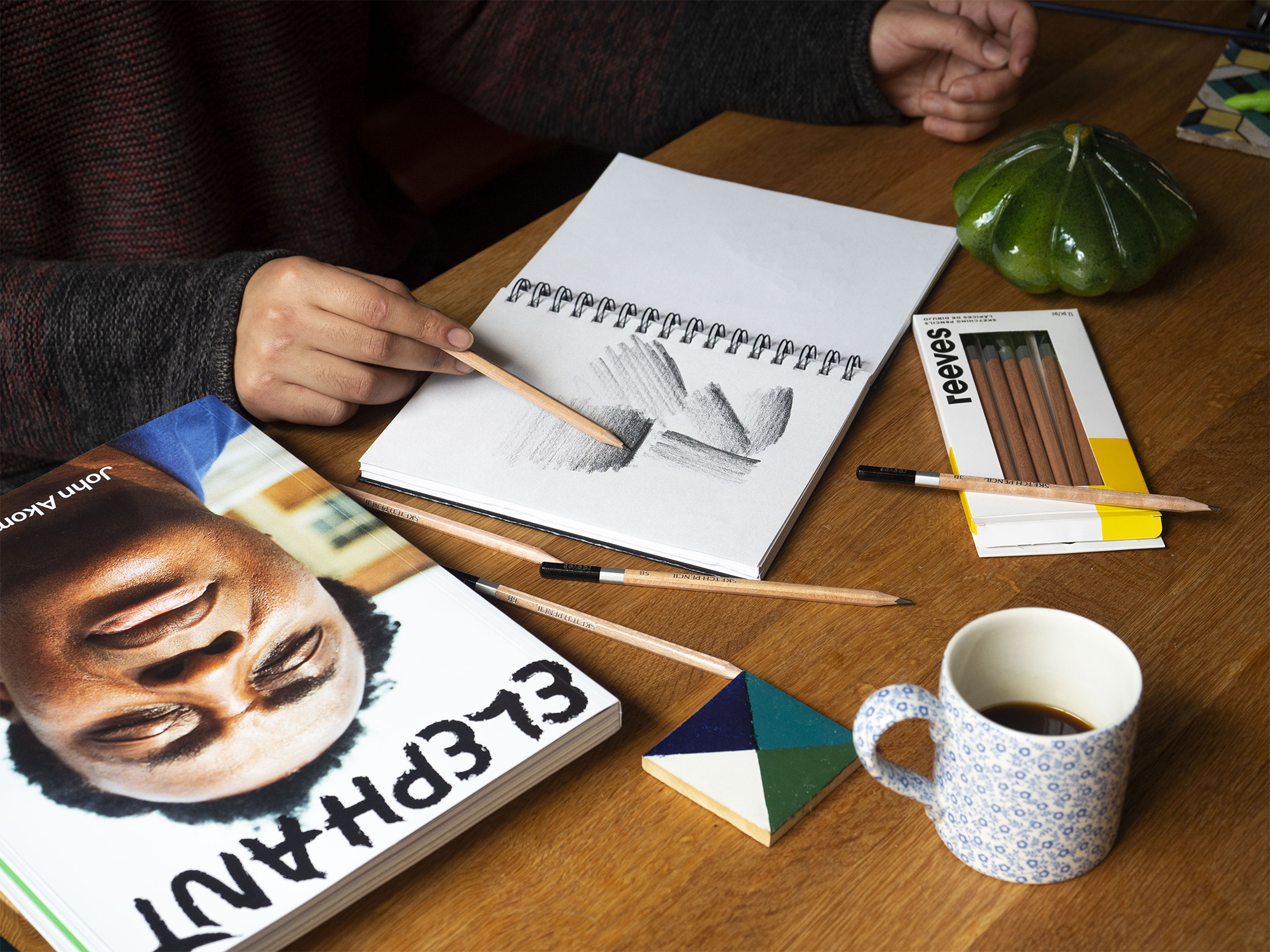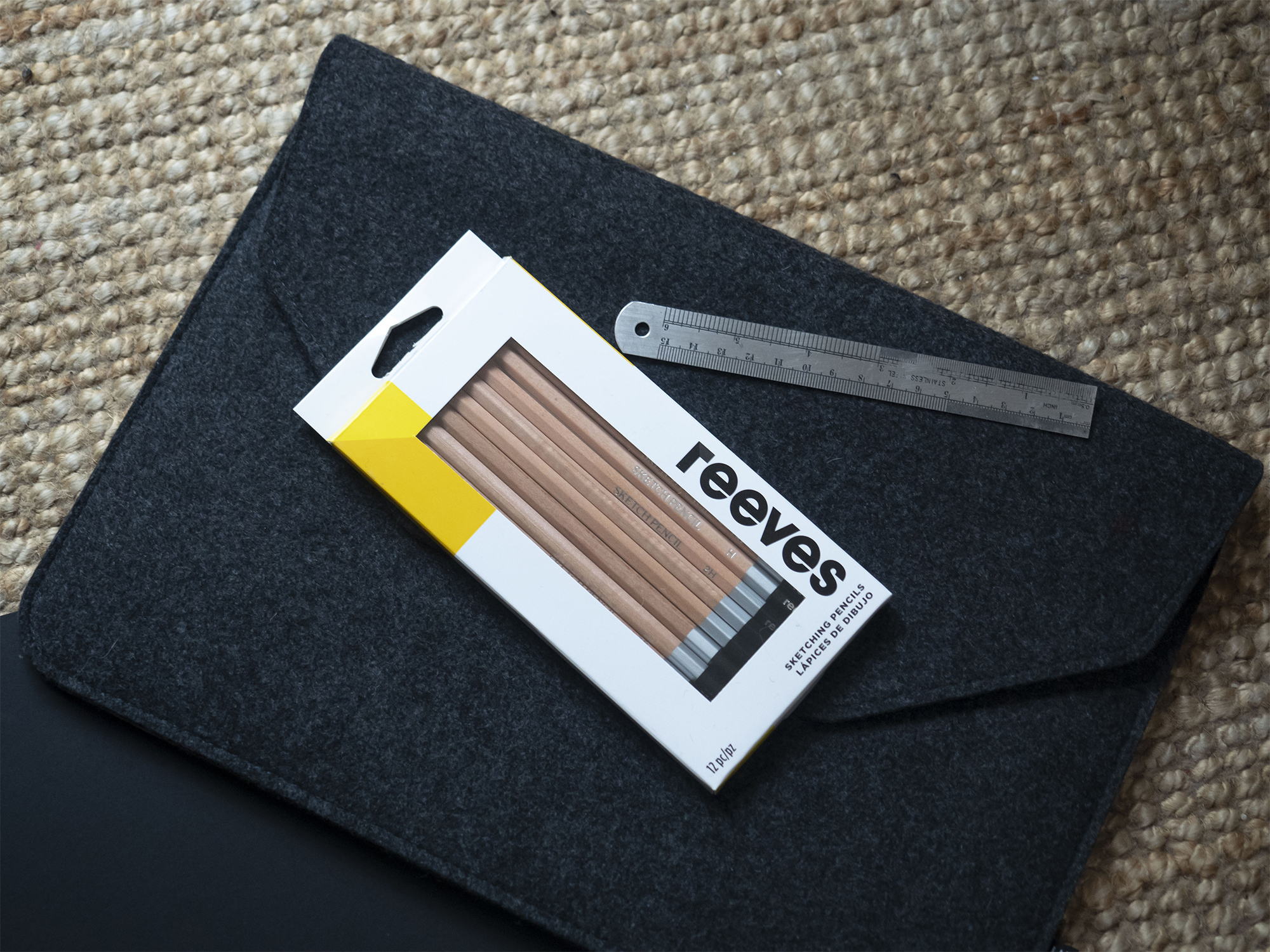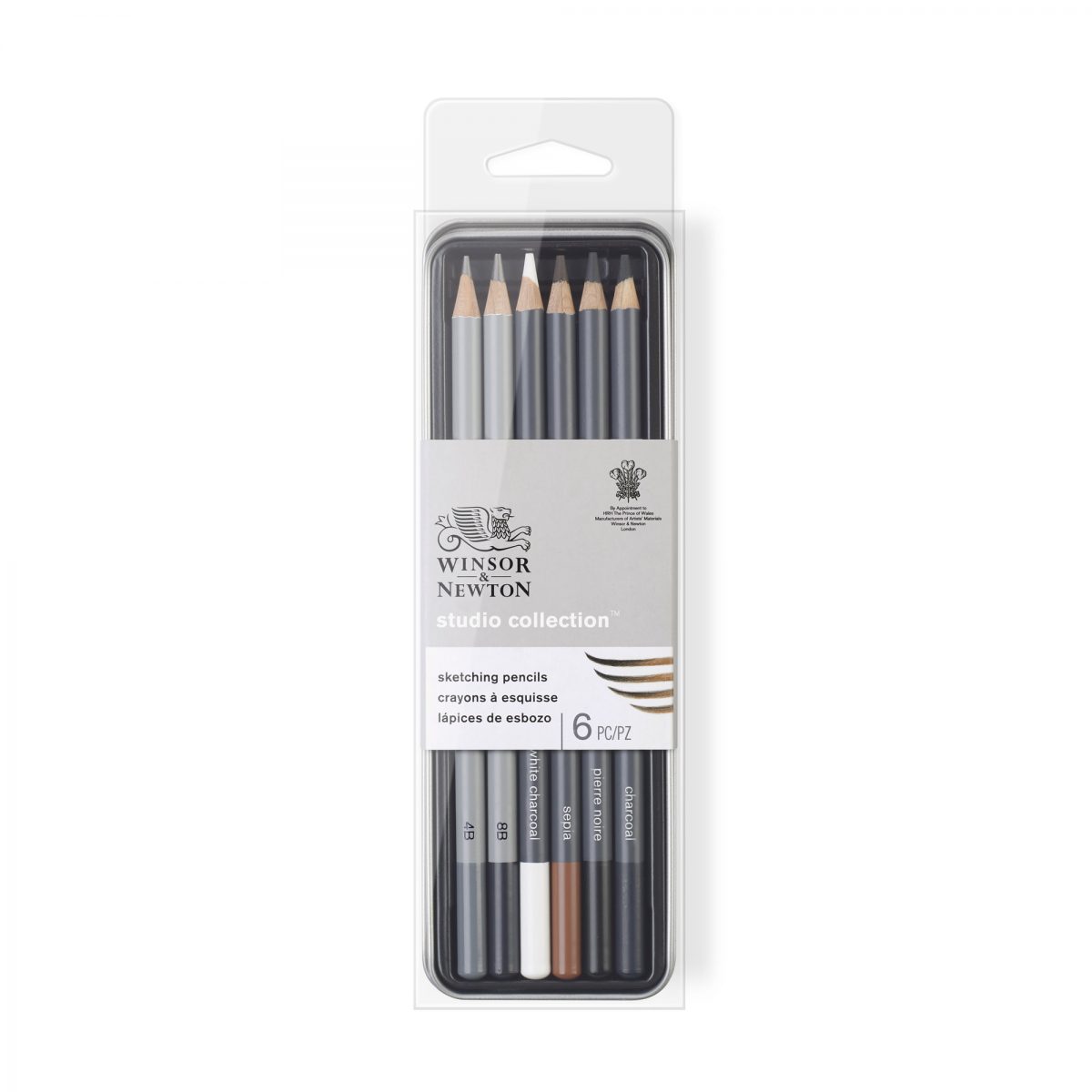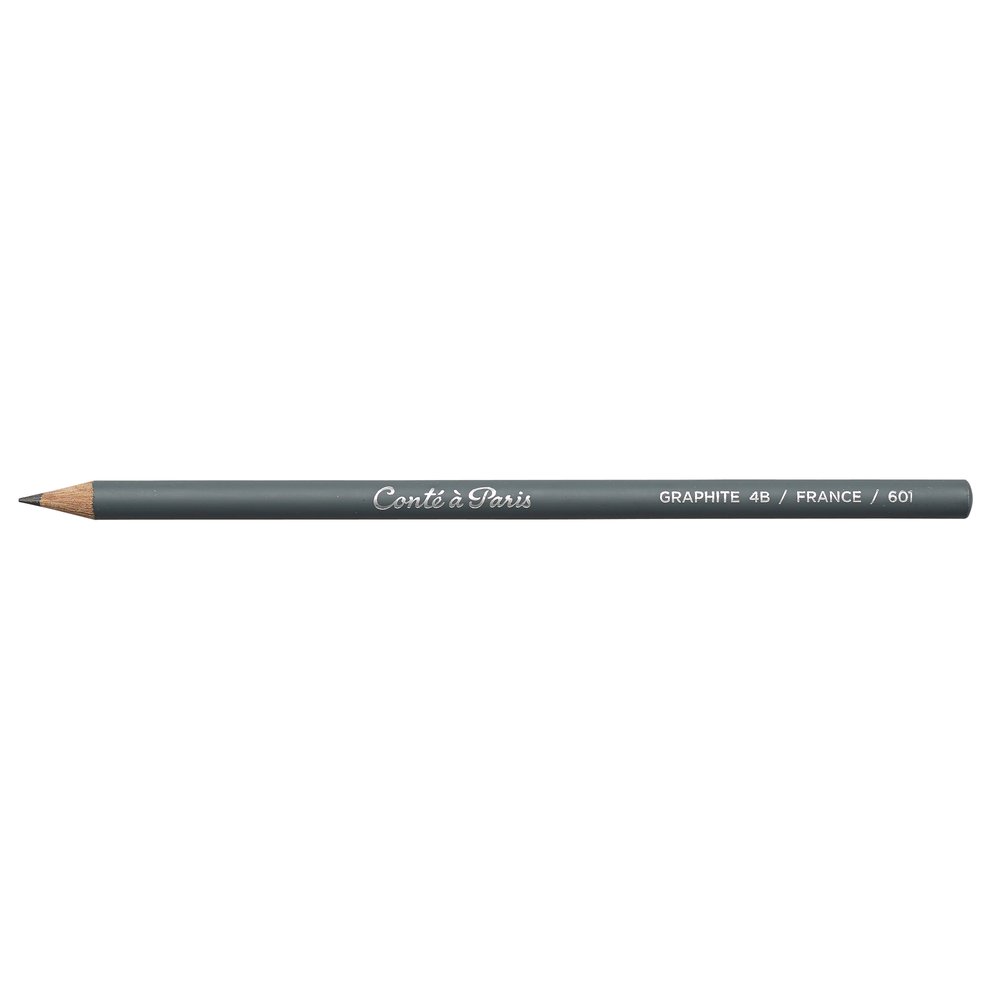
While the HB pencil reigns supreme in terms of standardised mark-making, for artists there are many different things to consider when selecting the appropriate lead. While a 10B will offer soft, thick lines, a 9H will offer draftsman precision. There is also smudge resistance, the ability to erase, and the intensity of shading to contemplate.

There is much more to pencil drawings than humble scribbling. For example, the act of drafting was essential for Renaissance artists. Leonardo da Vinci used pencil to produce complex studies of human anatomy, while Filippo Brunelleschi used the same tools to master architectural perspective. Fast forward to the contemporary, and faint lead lines inform the precise mathematical compositions of Bridget Riley
, as well as Loie Hollowell’s surreal three-dimensional imagery.
“Sketching is not only one of the simplest creative impulses to fulfil, it is also relatively instantaneous and accessible in terms of materials”
The convenience and portability of pencil has also proved vital for countless artists who wished to make quick sketches in intimate or outdoor settings. Take Pablo Picasso with his wonderful one-line drawings, as well as the iconic motif of the Dove of Peace, or George Grosz’s acerbic depictions of Berlin life. Sketching is not only one of the simplest creative impulses to fulfil, it is also relatively instantaneous and accessible in terms of materials. However, some artists have used pencil on an epic scale. Take Toyin Ojih Odutola, who uses it alongside pastels and charcoal to create stunning images of real and imagined scenes, or Nicola Tyson’s unnerving and dreamlike works.








